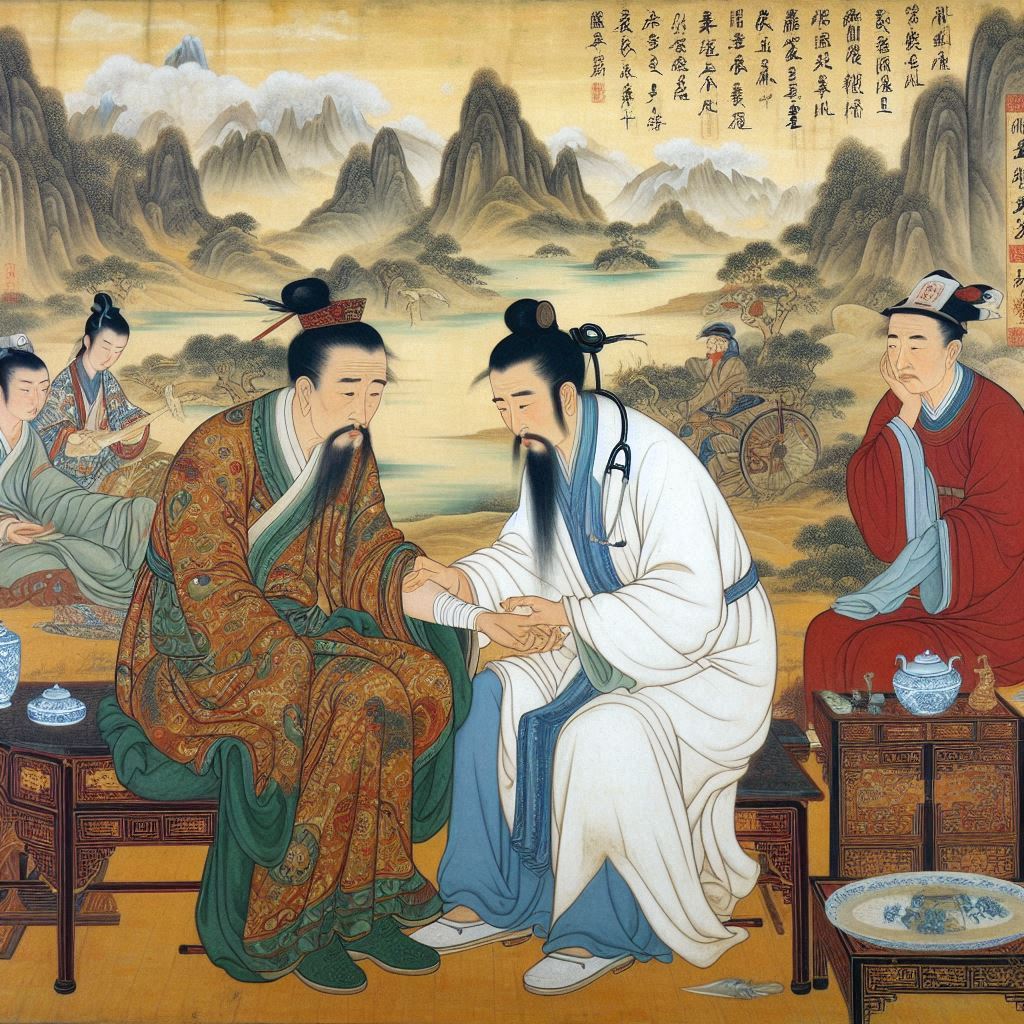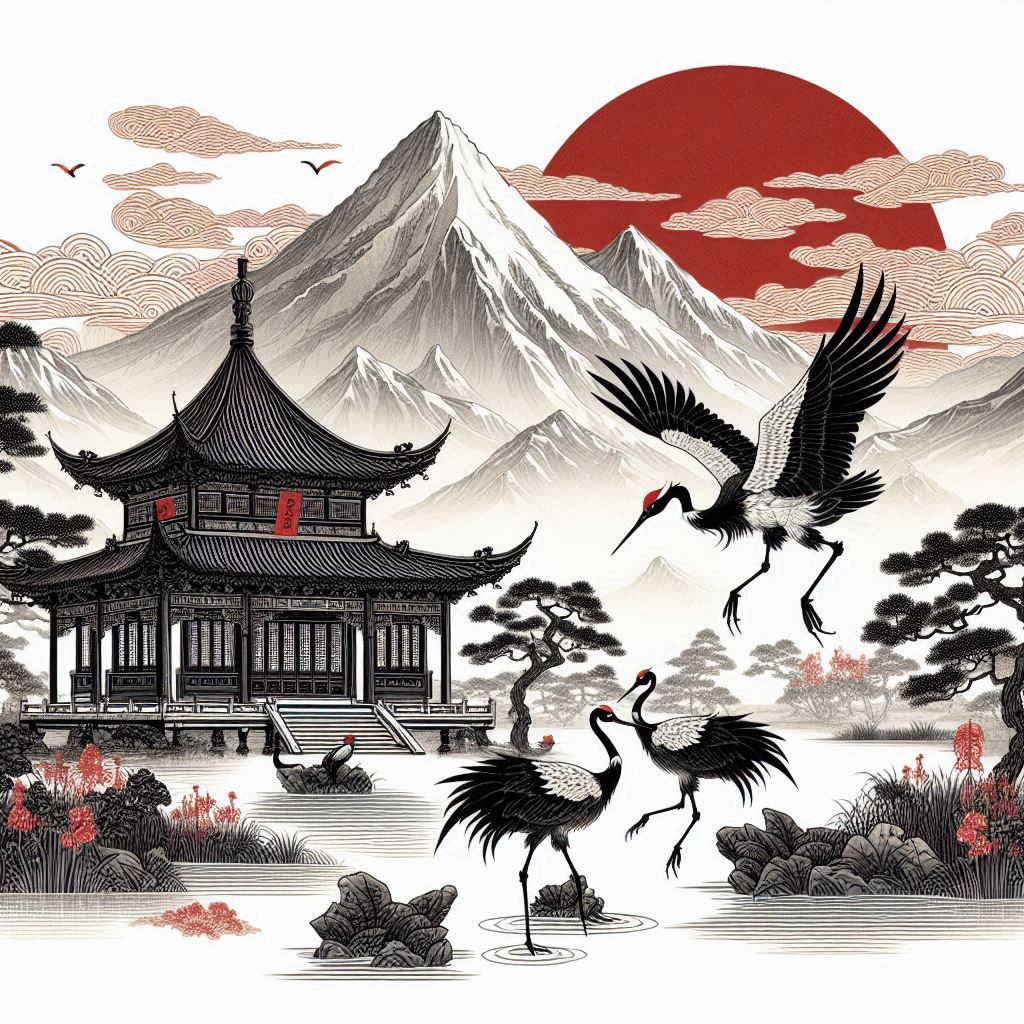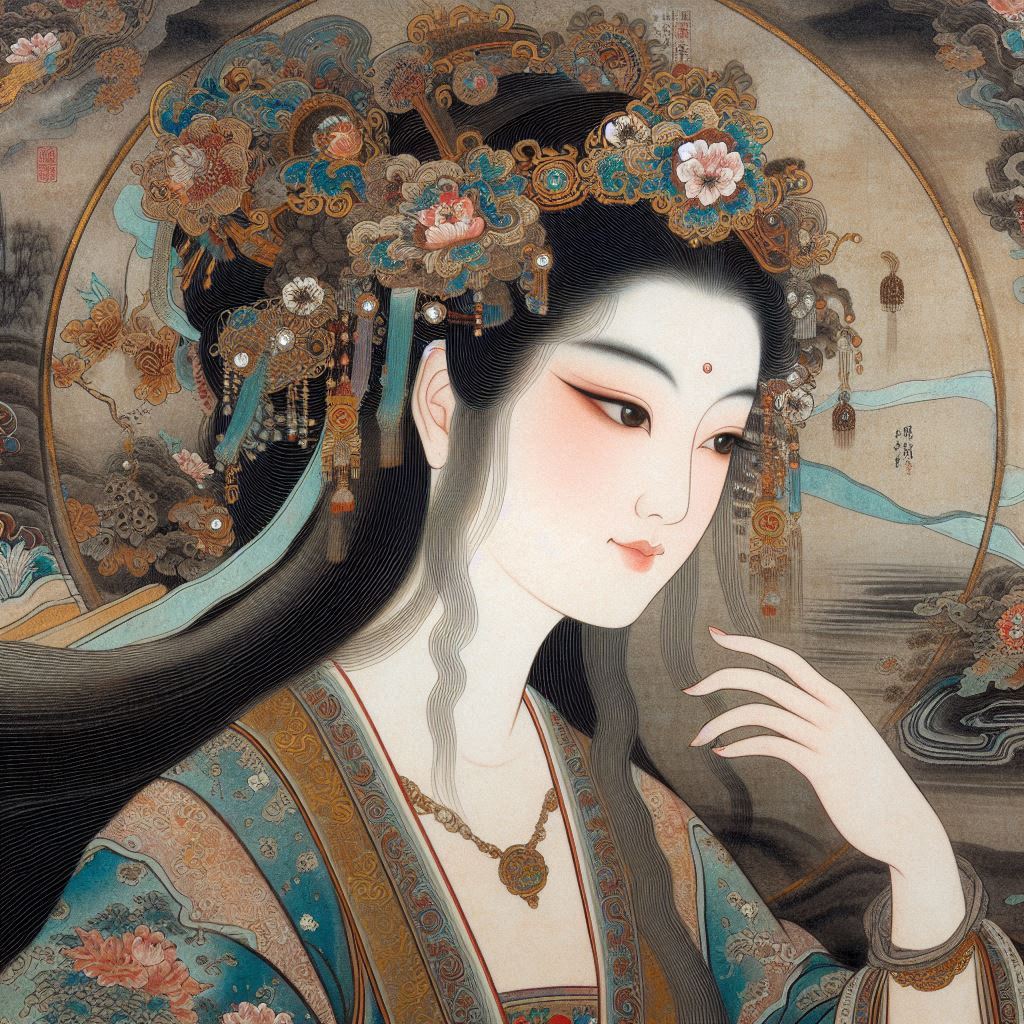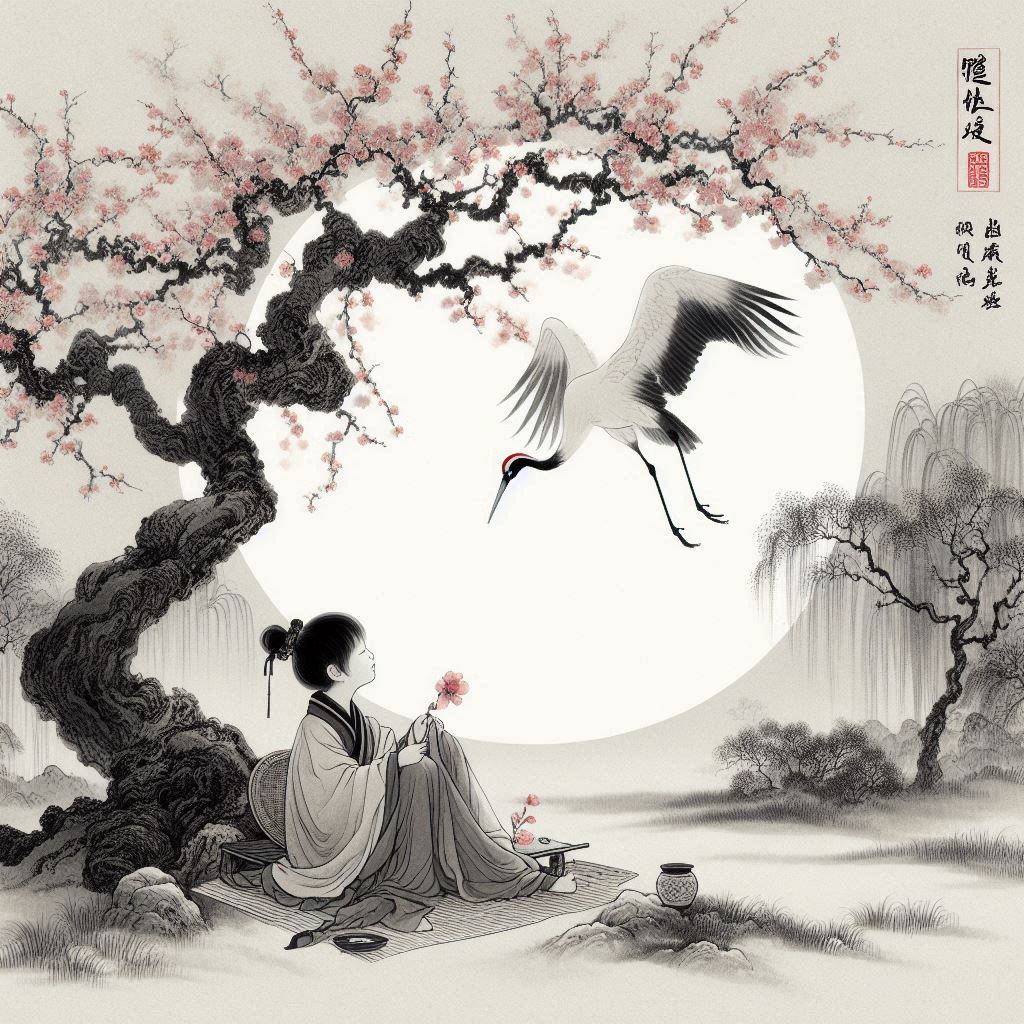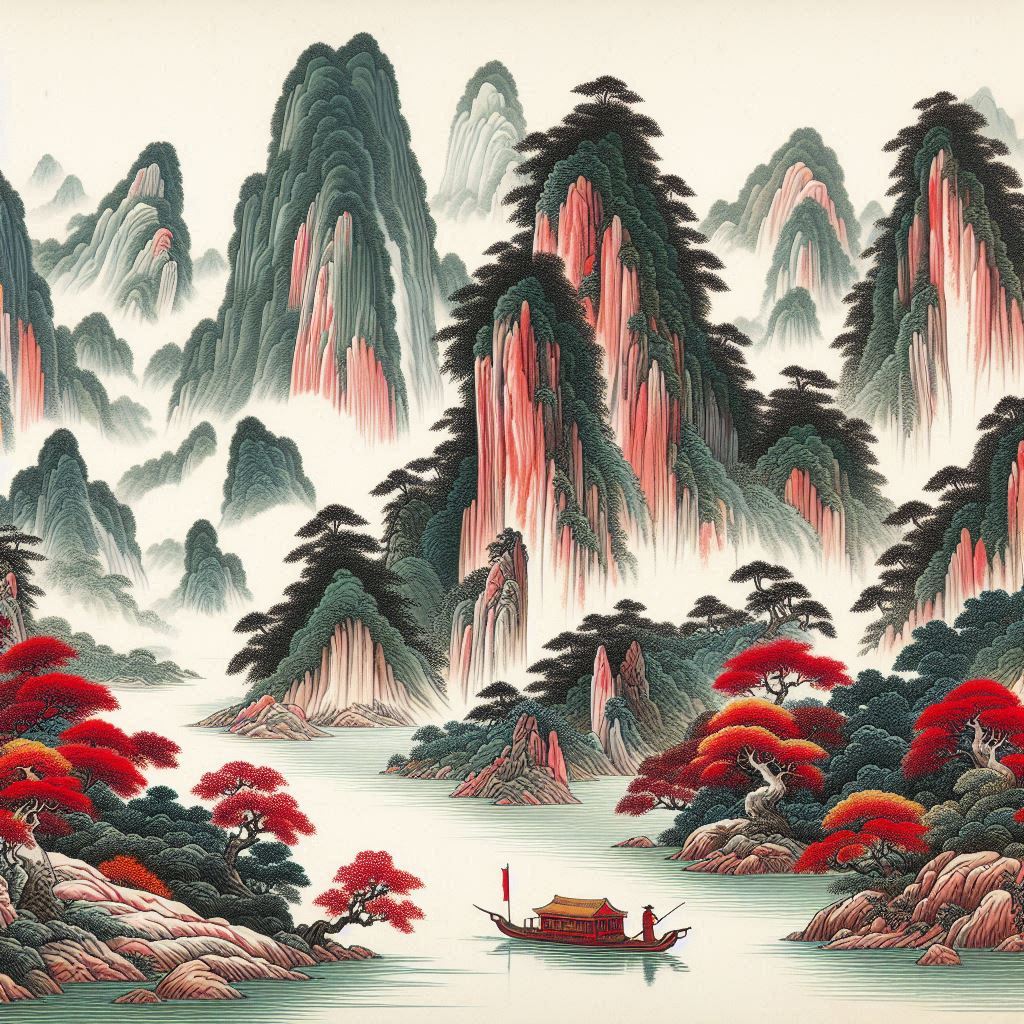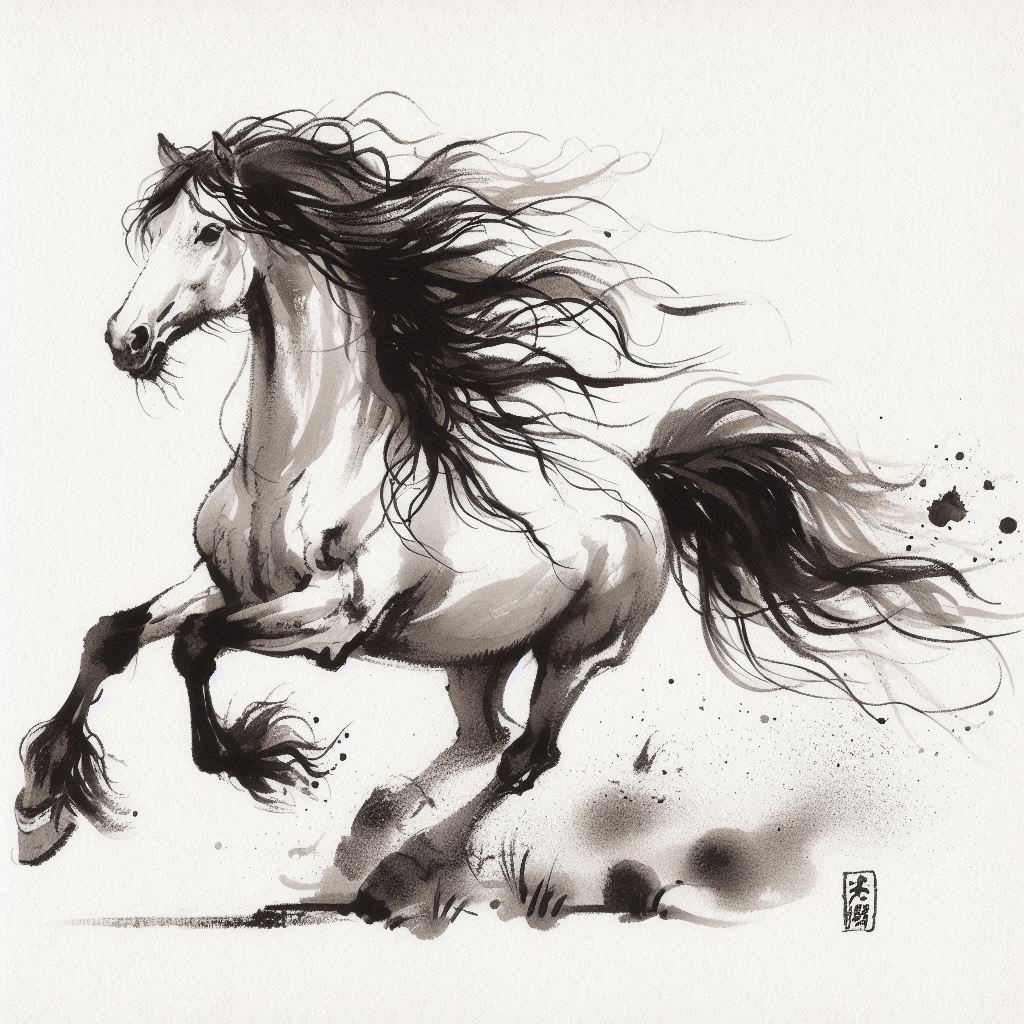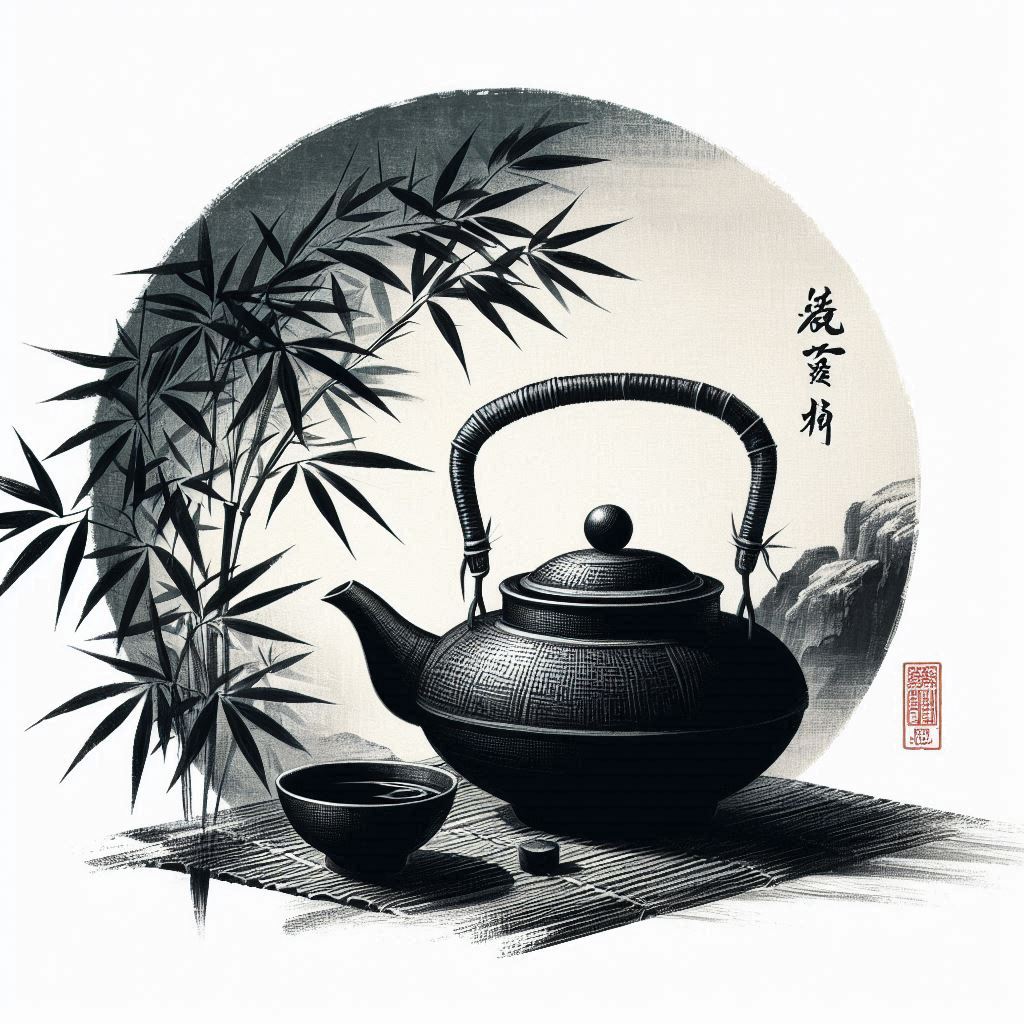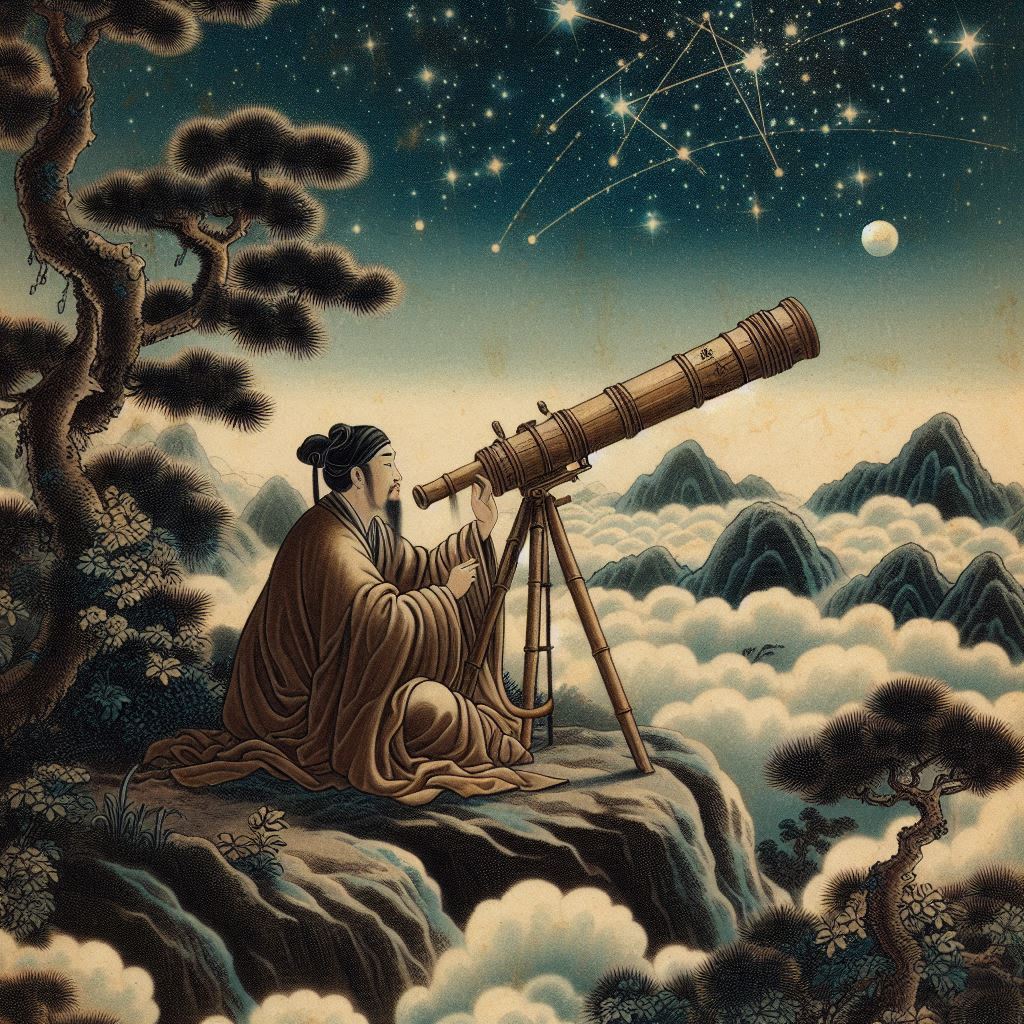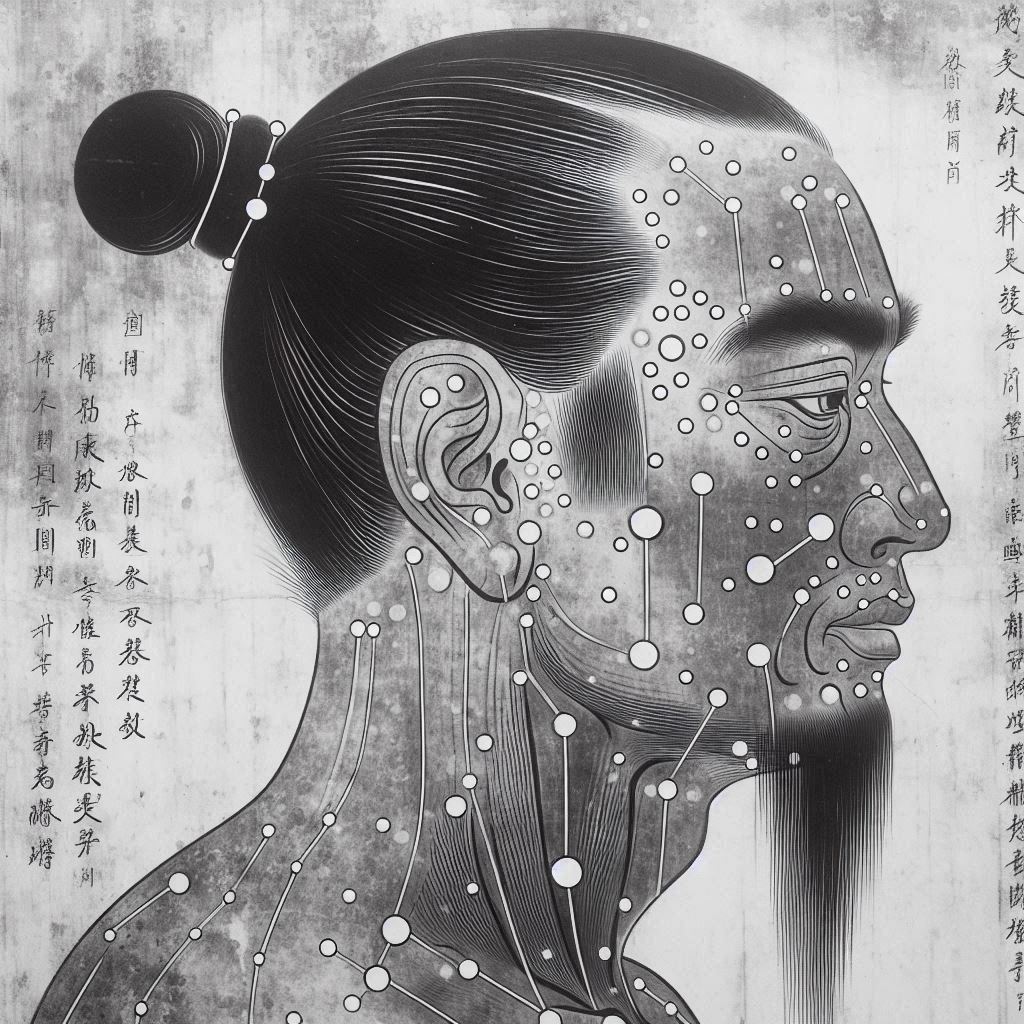Introduction to the disharmony
Major symptoms:
- cough
- wheezing
Cough and wheezing are symptoms with various underlying conditions. There could be cough, provoked by runny nose from an externally contracted disease (common cold/flu), there could be cough due to phlegm in the Lung, cough due to dryness in the Lung, etc. Therefore the herbs in this class should always be combined with the applicable herbs that address the underlying condition of the cough. Their function is to relieve the symptom (the cough) but the root of the disease needs to be examined and addressed.
Major Chinese herbs
Apricot seed – Xing Ren (Prunus armeniaca) – is maybe the most commonly used herb to relieve cough, yet it is more suitable for “dry” coughs. Another seed that stops cough and wheezing is Su Zi (Perilla frutescens). This one is more beneficial for cough with phlegm(1). Being seeds, i.e. having moistening effect, both herbs also benefit constipation.
There are two kinds of apricot seeds that benefit cough - Tian Xing Ren (sweet apricot seed) and Ku Xing Ren (bitter apricot seed). A famous Chinese doctor whose name was Sun Su Mao, who lived 101 years, used Tian Xing Ren in a longevity formula called "sweet apricot mixture"(2).
Zi Wan (Radix Asteris Tatarici) – is an herb used for chronic cough. Sang Bai Pi (Cortex Mori Albae Radicis) is a root bark with diuretic effect, used in cases when the water metabolism is impaired due to heat(1). Bai Bu (Stemona Sessilifolia) is an antituberculotic herb which is also a Lung lubricant(2).
Healing foods
The Lung benefits from substances with white color.
To unlock the rest of this article select "Yes, I want to learn!" below.
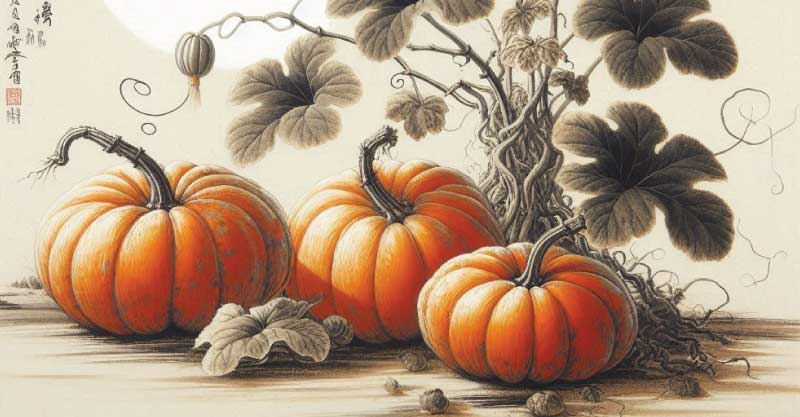
Food therapy is the most economical and non-toxic biochemical approach to health and disease. Food is something we continuously use to sustain our lives. Learning what foods are healing (and what disruptive) for each condition has the potential to convert every meal into a form of therapy.
YS
(1) Benski, Dan & Gamble, Andrew (1993). Materia Medica, Revised Edition. Seatle: Eastland Press, Incorporated
(2) Lu, Henry (2005). Chinese Natural Cures. New York: Black Dog & Leventhal Publishers, Inc.
(3) Pitchford, Paul (2002). Healing with Whole Foods. Berkeley: North Atlantic Books
(4) Holmes, Peter (1998). The Energetics of Western Herbs. Boulder: Snow Lotus Press, Inc.
Related Articles:
Note: This site and its services are to consumer educational use only. Nothing contained in this site is or should be considered, or used as a substitute for medical advice, diagnosis or treatment. We advise users to always seek the advice of a physician or other qualified professional with any questions regarding personal health and medical condition. Please read our Disclaimer

